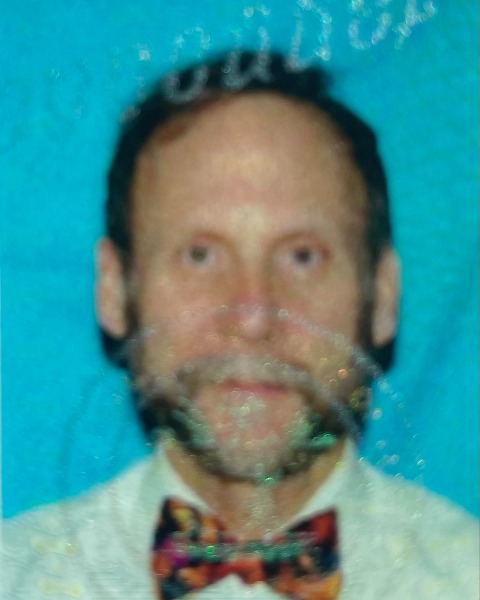Neuroplasticity
Preexistent Chronic Low Back Pain Can Persist After Spinal Cord Injury with Complete Quadriplegia-Central Pain, Brain
Wednesday, November 1, 2023
2:25 PM - 2:31 PM
Location: Station 11

Jeffrey Hecht, MD (he/him/his)
Associate Professor & Chief, Division of Surgical Rehabilitation
University of Tennessee Graduate School of Medicine, Knoxville, TN
Knoxville, Tennessee, United States
Poster Presenter(s)
Research Objectives: To determine whether chronic low back pain persists after complete Spinal Cord Injury (SCI)
Design: Prospective observational study regarding preexistent chronic pain of inpatients admitted with new complete cervical SCI from 2018-2020. For patients acknowledging prior chronic pain, further questions explored the nature of that pain. Follow up was limited to the acute hospital stay.
Setting: Level I Trauma Center
Participants: From a total of 49 participants with acute traumatic cervical SCI causing complete motor and sensory quadriplegia, six men were selected because of their history of chronic low back.
Interventions: Detailed pain history and neurological examination as part of Physical Medicine & Rehabilitation (PM&R) consultation in the Trauma Center. Serial history and follow up examinations during the hospital stay.
Main Outcome Measures: Primary- chronic pain before complete SCI compared to continuation of that pain following the injury.
Secondary measure- opioid use.
Results: Among 49 patients with complete cervical SCIs, six had experienced prior chronic pain.
Three participants experienced a continuation of the prior pain after their complete quadriplegia (50%).
All the participants with continued pain had been previously treated with opioids, while those whose pain ceased (50%) had not received chronic opioid therapy.
Conclusions: Chronic pain can be based in the brain, irrespective of peripheral pain or spinal cord mechanisms.
Our findings provide a new model for evaluation of brain-based pain that is isolated from the sympathetic nervous system. Opioids may be requisite for this type of pain.
Author(s) Disclosures: The authors have no disclosures.
Design: Prospective observational study regarding preexistent chronic pain of inpatients admitted with new complete cervical SCI from 2018-2020. For patients acknowledging prior chronic pain, further questions explored the nature of that pain. Follow up was limited to the acute hospital stay.
Setting: Level I Trauma Center
Participants: From a total of 49 participants with acute traumatic cervical SCI causing complete motor and sensory quadriplegia, six men were selected because of their history of chronic low back.
Interventions: Detailed pain history and neurological examination as part of Physical Medicine & Rehabilitation (PM&R) consultation in the Trauma Center. Serial history and follow up examinations during the hospital stay.
Main Outcome Measures: Primary- chronic pain before complete SCI compared to continuation of that pain following the injury.
Secondary measure- opioid use.
Results: Among 49 patients with complete cervical SCIs, six had experienced prior chronic pain.
Three participants experienced a continuation of the prior pain after their complete quadriplegia (50%).
All the participants with continued pain had been previously treated with opioids, while those whose pain ceased (50%) had not received chronic opioid therapy.
Conclusions: Chronic pain can be based in the brain, irrespective of peripheral pain or spinal cord mechanisms.
Our findings provide a new model for evaluation of brain-based pain that is isolated from the sympathetic nervous system. Opioids may be requisite for this type of pain.
Author(s) Disclosures: The authors have no disclosures.
Learning Objectives:
- Recognize that the generator for chronic pain felt in the low back or legs may be the brain itself
- Evaluate chronic pain with a better understanding of why peripheral treatments (like spinal procedures and nerve blocks) may not be effective in relieving pain
- Describe a new model for evaluation of centralized pain--complete spinal cord injury

.jpg)
